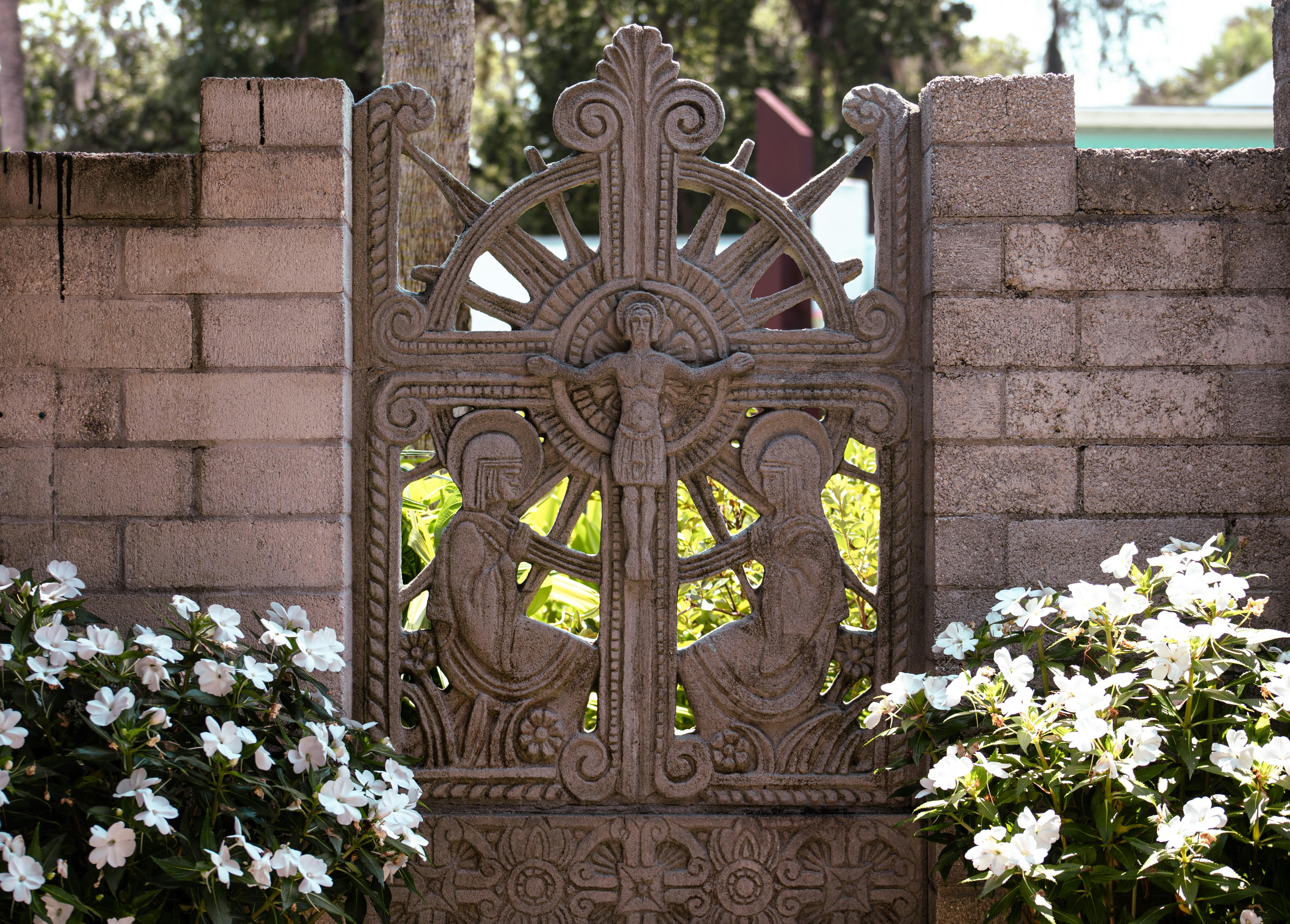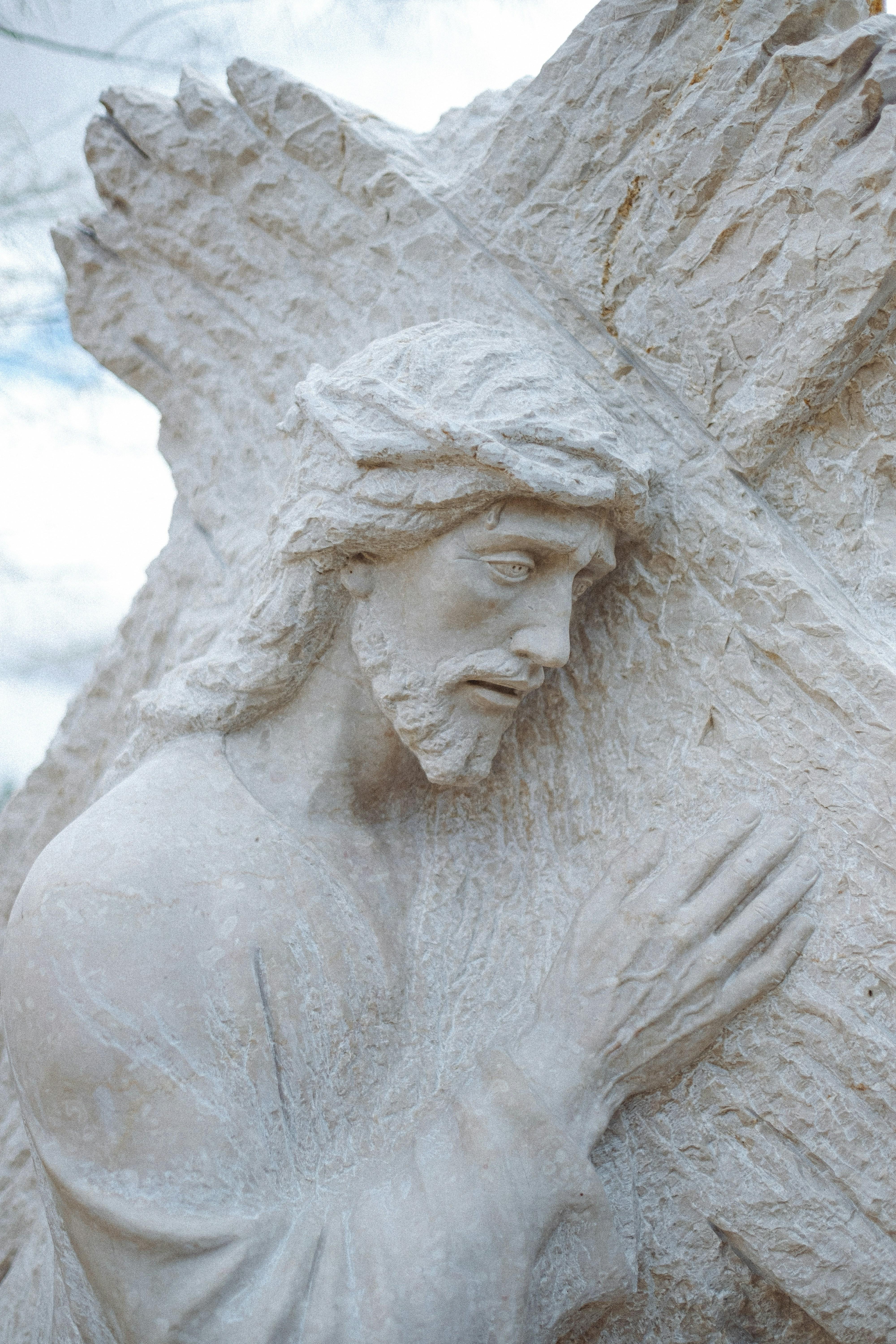Ian McEwan’s novel “Atonement” is a compelling exploration of complex human emotions set against the backdrop of the turbulent 20th century. The narrative intricately weaves together themes of guilt, war, and love, creating a tapestry that examines the profound impact of personal actions and historical events on individual lives. This article delves into the dark themes that permeate the novel, offering an analytical perspective on how McEwan uses these motifs to illuminate the human condition. Through a careful dissection of the characters’ journeys, the narrative structure, and the historical context, we aim to uncover the nuanced ways in which guilt, war, and love interact to shape the destinies of those within the story, prompting readers to reflect on the broader implications of these universal experiences.
Exploring the Depths of Guilt in Atonement
In Ian McEwan’s Atonement, the intricate exploration of guilt forms the backbone of the narrative, as characters grapple with the consequences of their actions and the shadow they cast over their lives. Briony Tallis, a precocious young girl, becomes the unwitting architect of a tragedy that unfurls through the course of the novel. Her false accusation against Robbie Turner, driven by a blend of misunderstanding and youthful imagination, sets off a chain of events that irreversibly alters the lives of everyone involved. The novel delves into the psychological depths of Briony’s guilt, which manifests in her lifelong quest for redemption through writing. This theme is underscored by McEwan’s masterful use of perspective and time, which allows readers to experience the emotional weight of guilt from multiple angles.
- Internal Struggle: Briony’s inner conflict is palpable as she attempts to reconcile her desire for forgiveness with the reality of her irreversible actions.
- Consequences of Guilt: The novel illustrates how guilt can shape one’s identity and choices, influencing relationships and life paths.
- Search for Redemption: Through Briony’s journey, McEwan questions whether true atonement is ever achievable or if it remains an elusive ideal.

The Impact of War on Character Development and Plot
In Ian McEwan’s Atonement, the backdrop of war plays a pivotal role in shaping the characters and driving the narrative forward. The chaos and devastation of World War II serve as a catalyst for profound transformation in the novel’s protagonists. Robbie Turner, initially portrayed as an ambitious and hopeful young man, is thrust into the brutal realities of war, altering his worldview and sense of self. The war strips away his innocence, replacing it with a hardened resolve to survive and a lingering hope for redemption and reunion with Cecilia Tallis. Meanwhile, Cecilia’s character evolves from a sheltered young woman to one of resilience and independence, driven by her unwavering love for Robbie amidst the uncertainties of war.
- Briony Tallis: Her journey from a naive girl to a woman burdened with guilt is intensified by the war, reflecting her desire for atonement.
- Impact on Plot: The war introduces external conflicts that test relationships and challenge the characters’ inner strength.
- Symbolism: War serves as a metaphor for internal battles, amplifying themes of guilt and redemption.

The Complex Interplay of Love and Betrayal
The intricate dance between affection and treachery forms a pivotal element in Ian McEwan’s “Atonement”. The novel explores how love, in its purest form, can be both a source of salvation and destruction. This duality is embodied in the relationship between Cecilia and Robbie, whose profound connection is shattered by a single, misguided act of betrayal. This act, born out of youthful misunderstanding and the complexities of social class, sets off a chain reaction that alters the course of their lives forever.
- Love as Redemption: Throughout the narrative, love is portrayed as a force capable of transcending the devastation of war and personal misdeeds. The bond between Cecilia and Robbie serves as a beacon of hope amidst chaos, highlighting love’s potential to heal and restore.
- Betrayal and its Consequences: Conversely, betrayal is depicted as an insidious force that corrodes trust and innocence. The false accusation against Robbie is a catalyst for tragedy, emphasizing how a single moment of betrayal can reverberate through time, leaving a trail of guilt and regret.
McEwan deftly illustrates that the boundaries between love and betrayal are not always clear-cut, often intertwined in a complex web that challenges the characters’ moral compasses and the readers’ perceptions. The novel invites contemplation on whether true atonement is ever possible, or if the scars of betrayal linger beyond the reach of love’s redemptive power.

Recommendations for Analyzing Themes in Atonement
When delving into the intricate themes of Ian McEwan’s Atonement, a nuanced approach is essential. Begin by examining the pervasive theme of guilt, which is woven through the narrative with complexity and depth. Consider the following aspects:
- Character Motivations: Analyze how guilt drives the actions and decisions of key characters, especially Briony, whose need for atonement becomes a central focus.
- Symbolism and Imagery: Identify symbols that McEwan uses to represent guilt, such as the recurring motif of water, which often signifies cleansing and the passage of time.
The theme of war is equally significant, serving as both a backdrop and a catalyst for character development and plot progression. To explore this theme:
- Historical Context: Examine how the depiction of World War II impacts the characters’ lives and relationships, providing a realistic portrayal of the era’s influence.
- Contrast and Parallels: Draw parallels between the chaos of war and the personal battles faced by the characters, highlighting McEwan’s use of war as a metaphor for internal conflict.
Lastly, the exploration of love in Atonement is multifaceted, encompassing both its nurturing and destructive aspects. To fully understand this theme:
- Relationships and Dynamics: Investigate the evolving dynamics between characters, focusing on how love is portrayed as both a redemptive force and a source of pain.
- Emotional Resonance: Reflect on how McEwan captures the intensity of love through his vivid prose, creating an emotional resonance that underscores the novel’s thematic depth.
